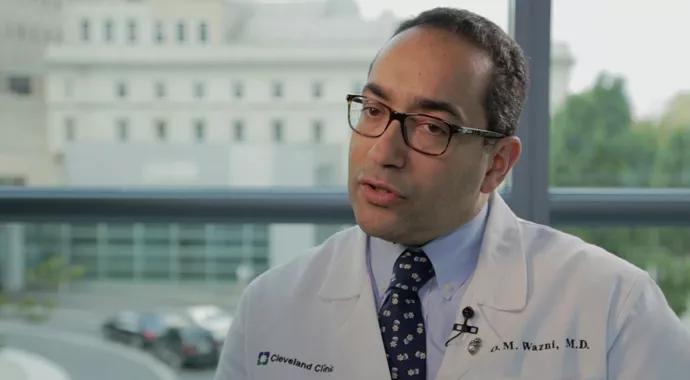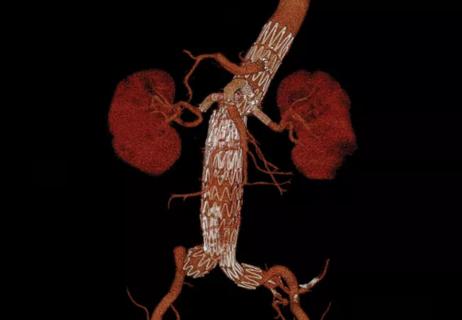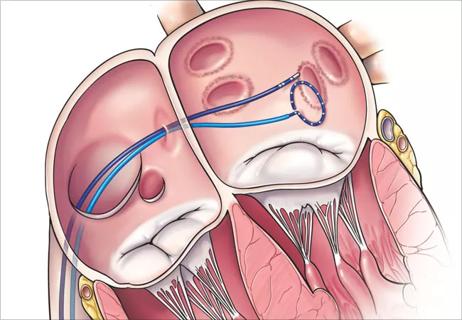An expert’s take on FDA’s ‘appropriate rationale’ caveat

The FDA’s long-awaited approval earlier this year of the WATCHMAN™ left atrial appendage (LAA) closure device provides an alternative to oral anticoagulation therapy in high-risk patients with nonvalvular atrial fibrillation.
Advertisement
Cleveland Clinic is a non-profit academic medical center. Advertising on our site helps support our mission. We do not endorse non-Cleveland Clinic products or services. Policy
The percutaneous LAA closure device is indicated to reduce the risk of thromboembolism in patients with nonvalvular afib who:
“Since FDA left the indication open to ‘appropriate rationale’ when considering these types of patients, it’s important to define what that is in order to weigh the risks and benefits and select the best candidates,” says Oussama Wazni, MD, Director of the Outpatient Electrophysiology Department and Co-Director of the Ventricular Arrhythmia Center in Cleveland Clinic’s Section of Cardiac Electrophysiology and Pacing.
In this video, Dr. Wazni discusses his clinical criteria for “appropriate rationale”: Patients with a history of bleeding when taking oral anticoagulants, or those whose future risk of bleeding is deemed to be high. He adds: “Implanting the WATCHMAN device in these patients would prevent stroke, while at the same time avoiding the risk of bleeding.”
Advertisement
Advertisement

Further acute testing not needed if ECG and high-sensitivity troponin are negative

Scott Cameron, MD, PhD, also brings wide-ranging research interests to bear

Pioneering U.K. vascular surgeon joins Cleveland Clinic

AHA statement is first comprehensive document on perioperative stroke reduction

Recognition reflects prioritization of long-term patient outcomes

Recommendations help distinguish exercise-induced remodeling from pathology

JACC review highlights factors unique to women, ways to tailor management

Pushing the envelope in ablation of atrial fibrillation, ventricular tachycardia